

Pottery for Sale in London
To view my homemade pottery for sale
here in London, England, (some
were made by my two boys below), scroll to the right on this page and at this point. You
can click on and hold the scroll square/box in the scroll bar for faster scrolling.
You can press F11 to view the webpage across the entire screen, since many of the pictures
are rather large.
Above each picture you will see a number, which you can refer to when telling me which of
my pottery you like. If you like any of them, please email me to [email protected], or contact me through this form if you want to avoid the
spamguard.
These are my lovely two boys. :o)
|
1
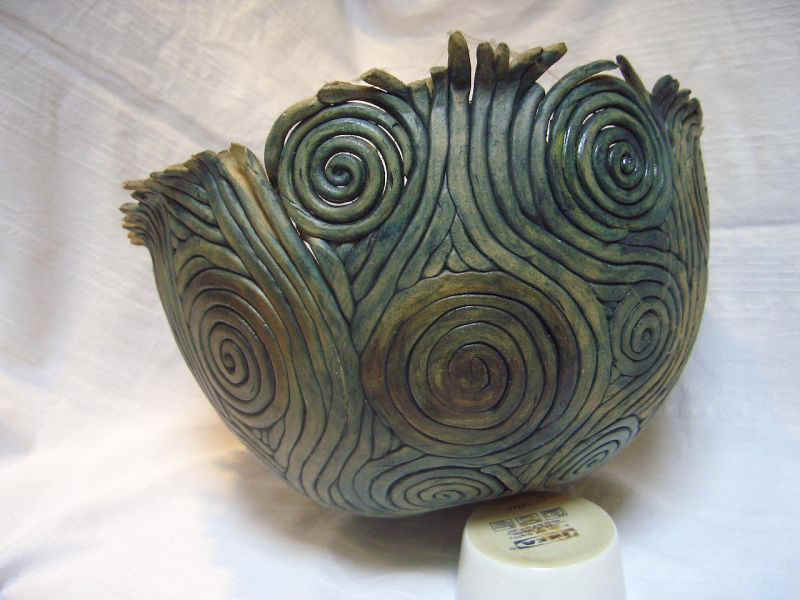 |
2
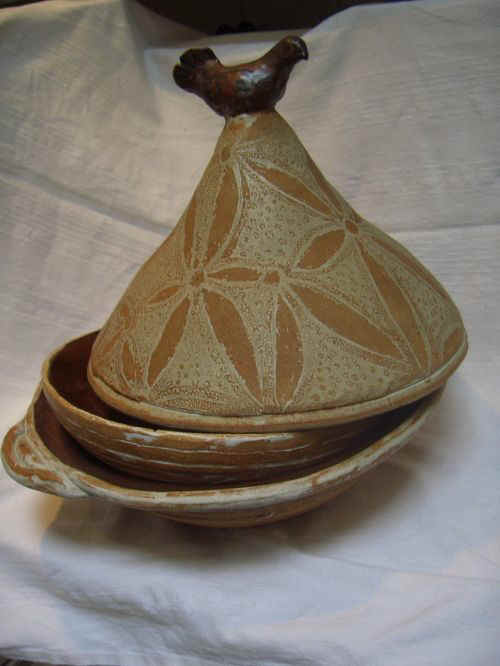 |
2
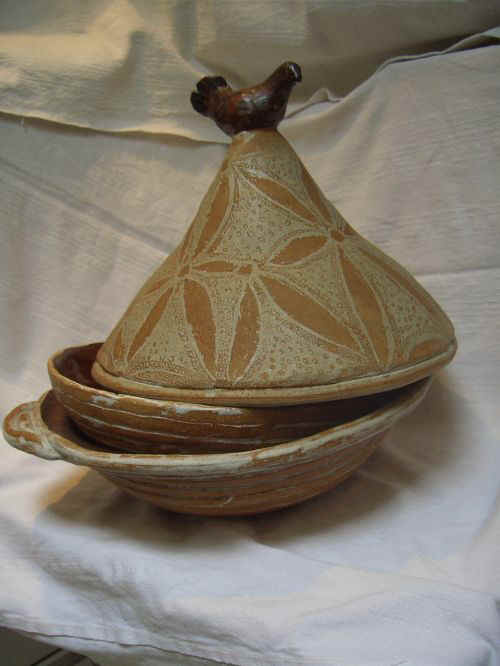 |
3
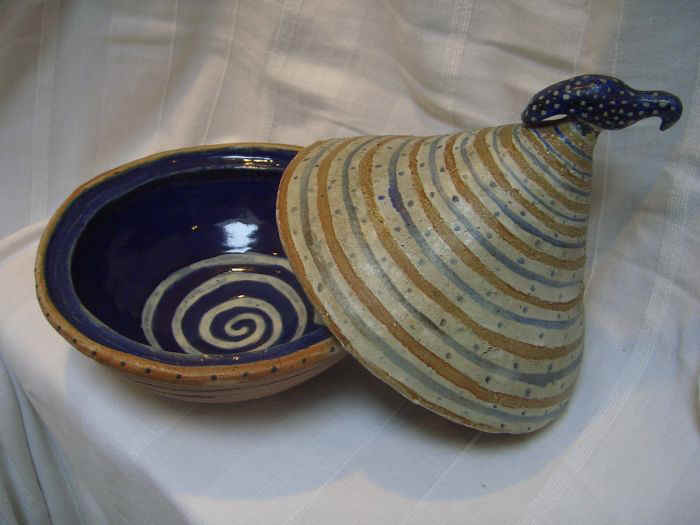 |
3
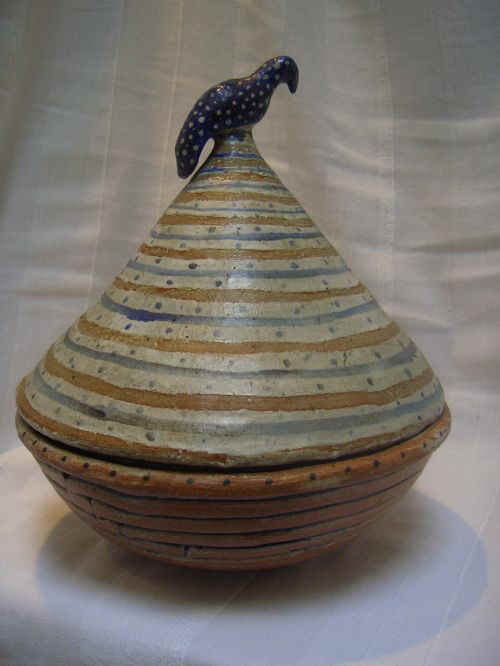 |
|
4
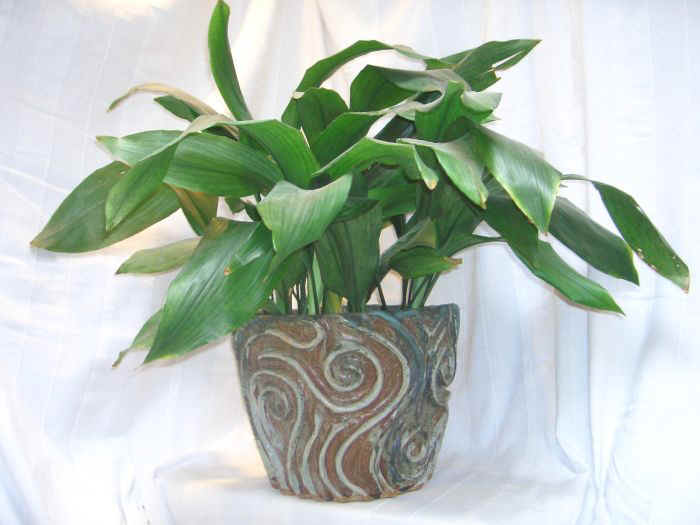 |
5
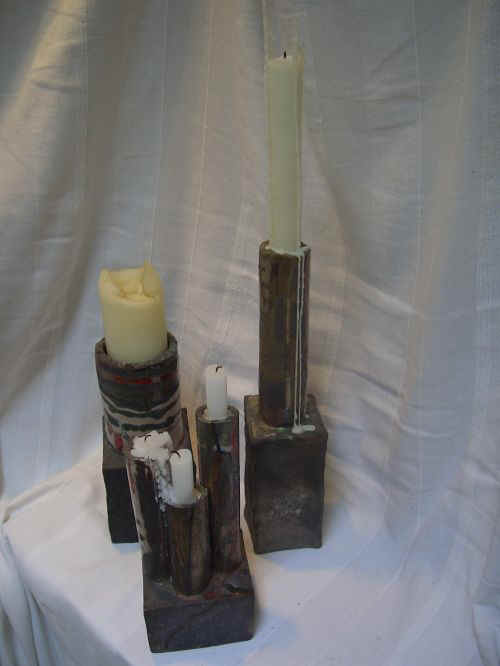 |
|
6
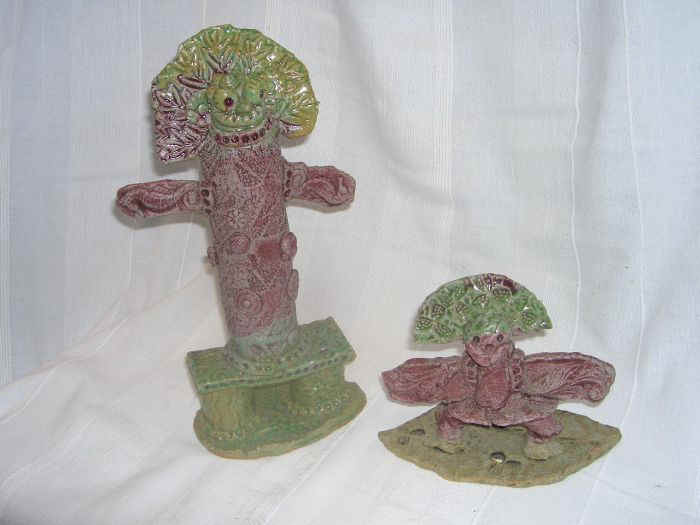 |
7
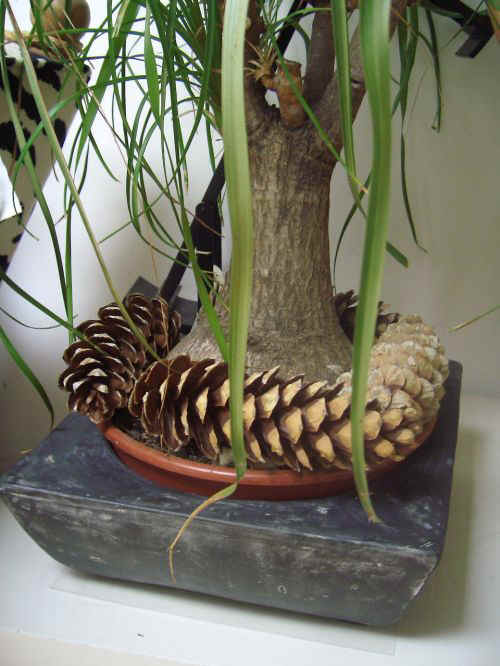 |
8
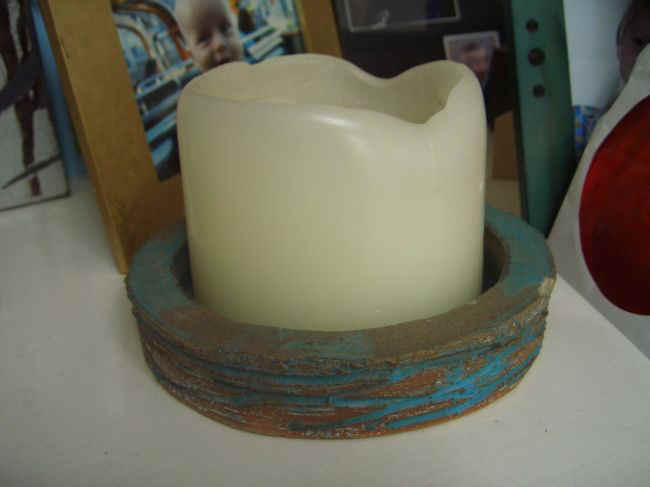 |
9
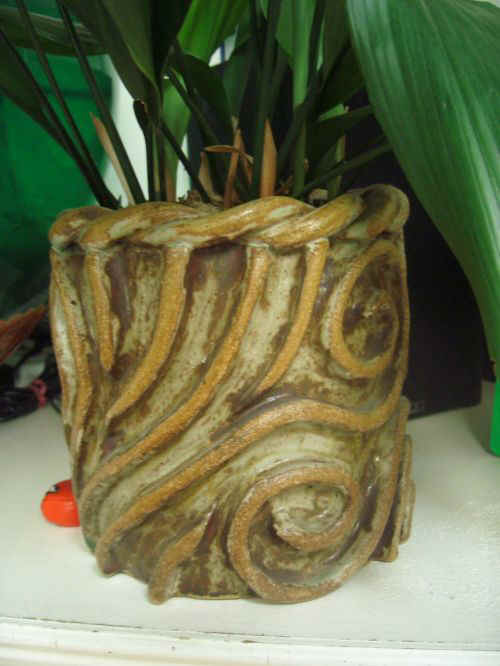 |
10
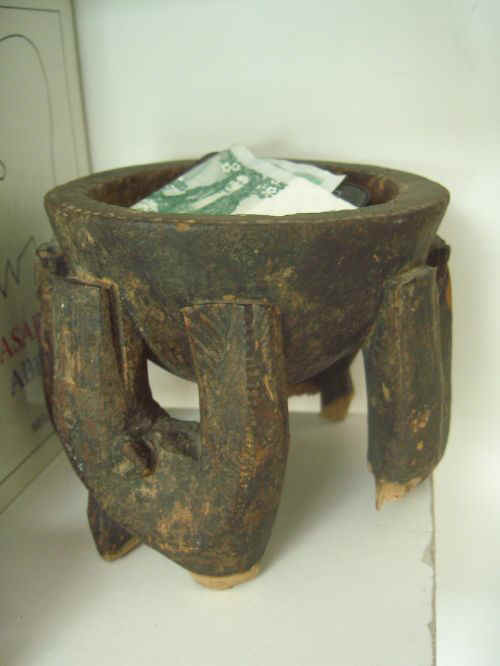 |
11
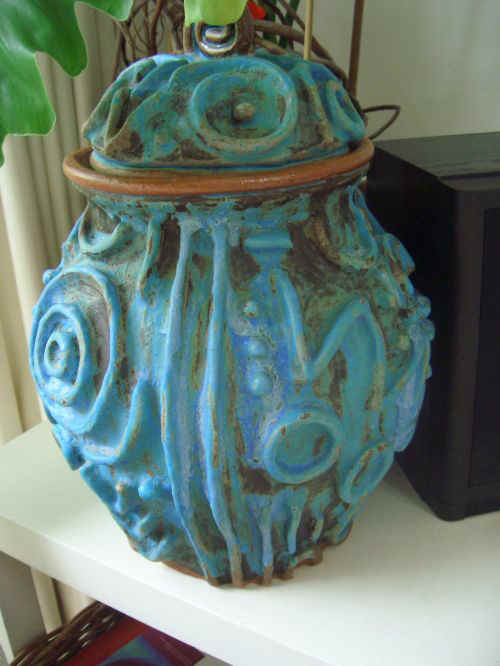 |
12
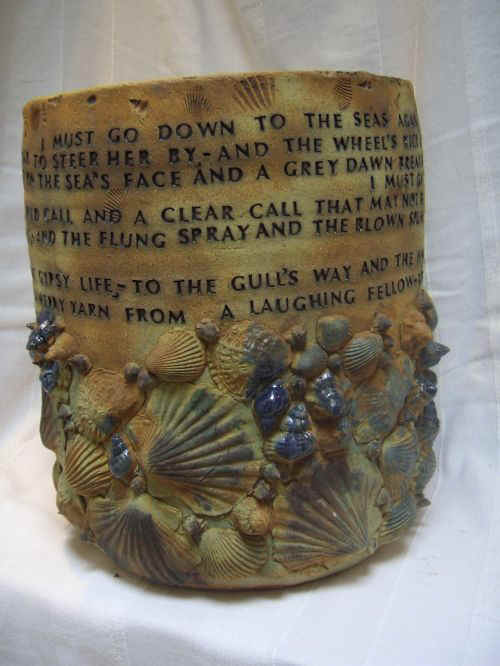 |
13
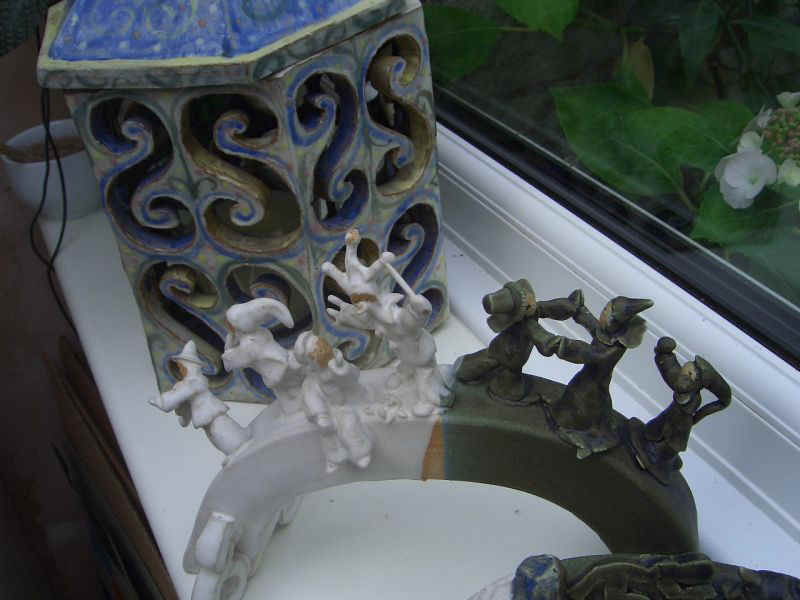 |
14
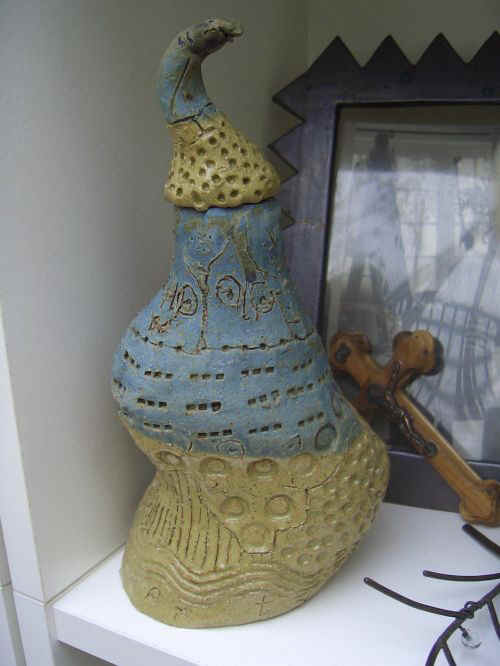 |
15
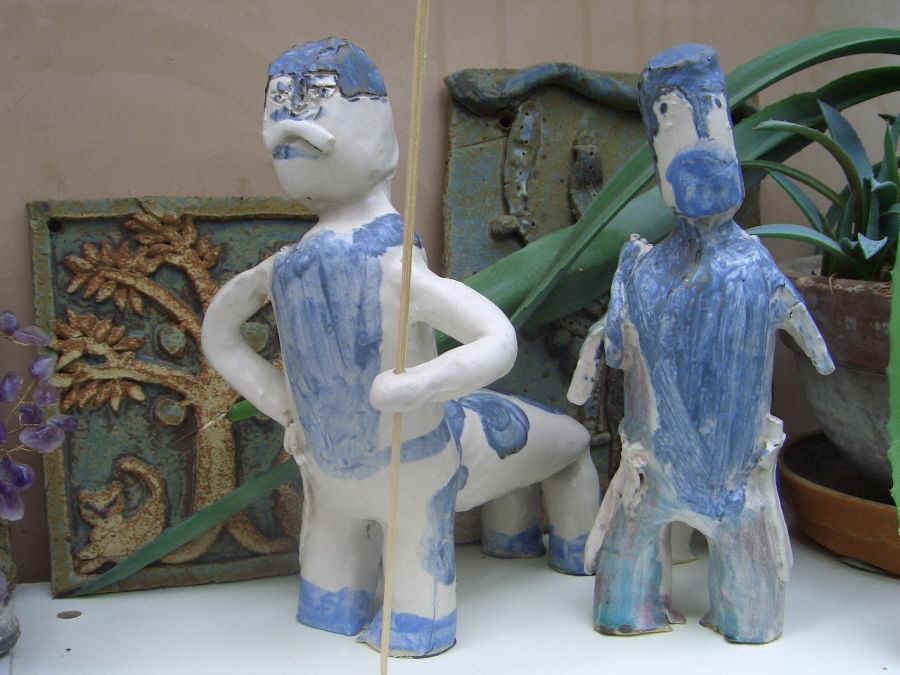 |
16
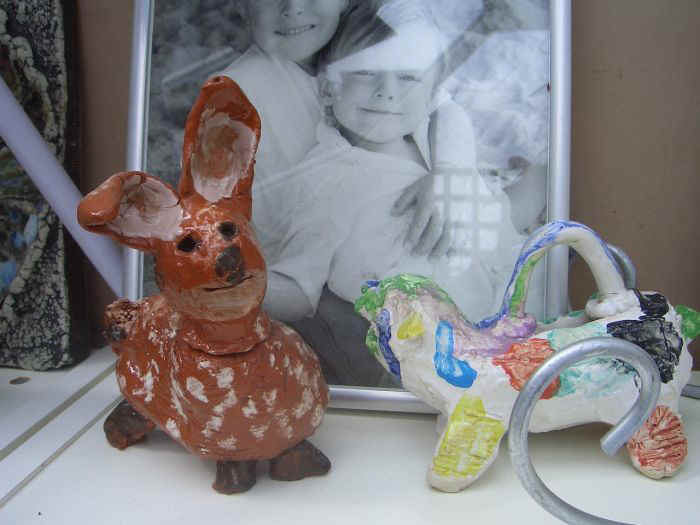 |
17
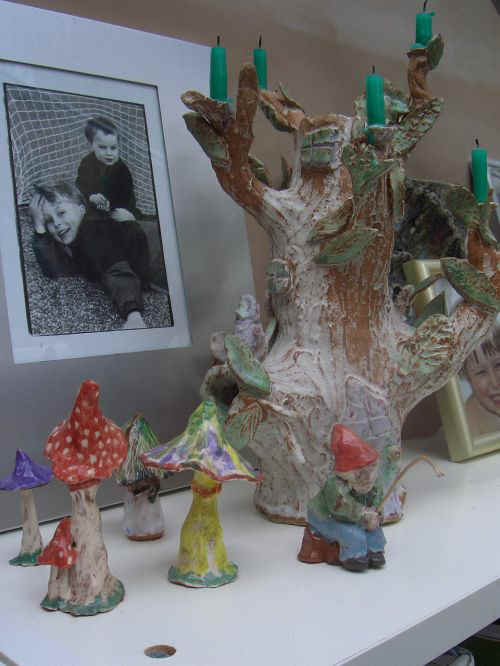 |
18
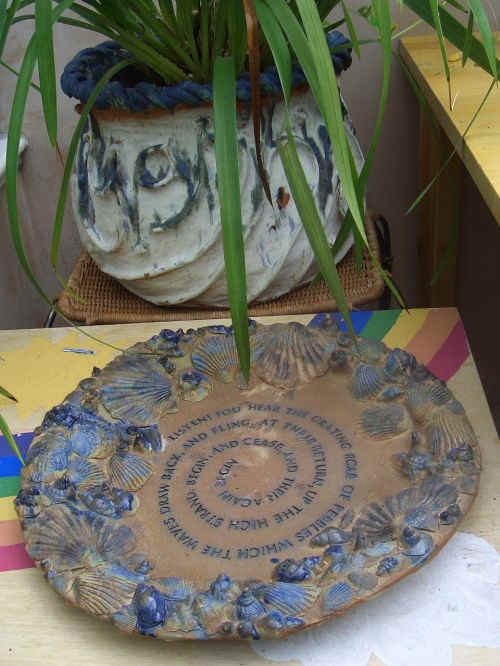 |
19
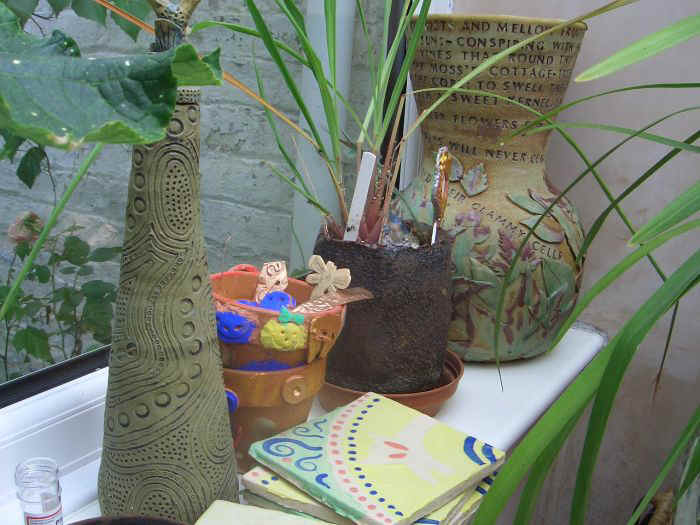 |
20
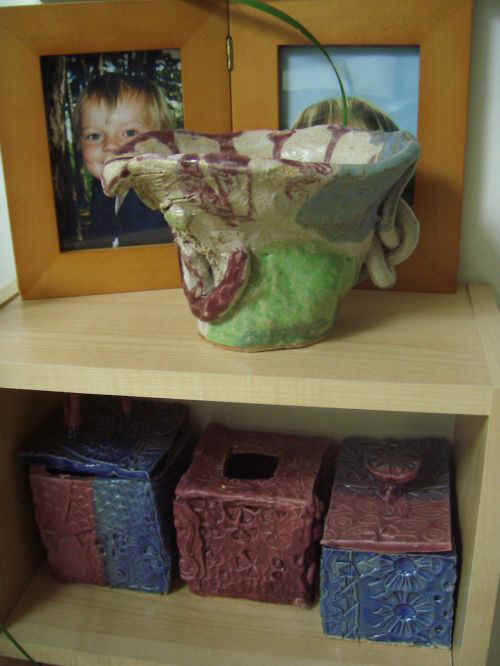 |
21
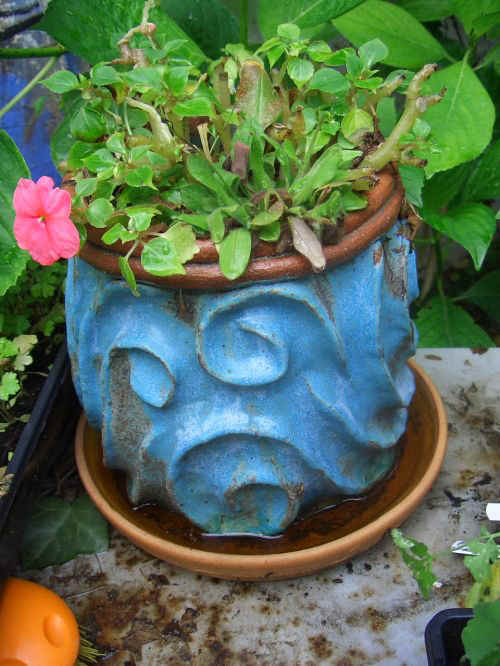 |
22
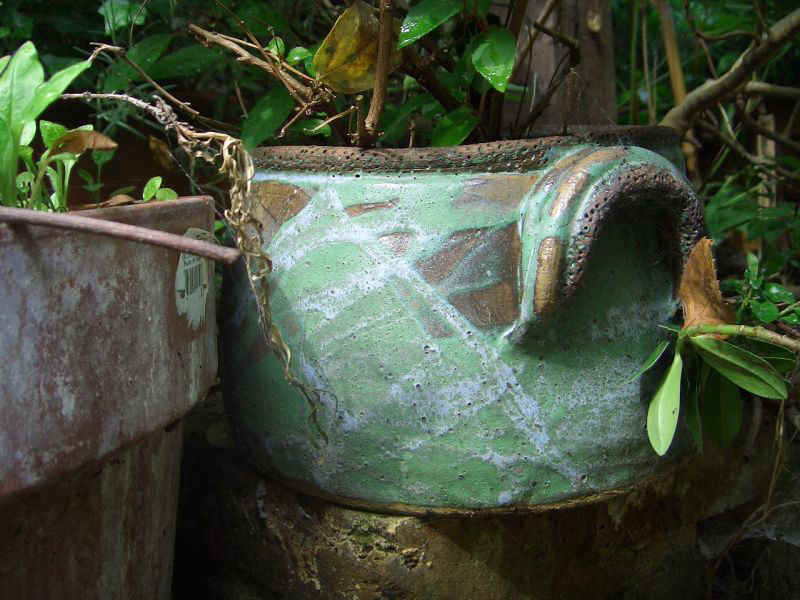 |
23
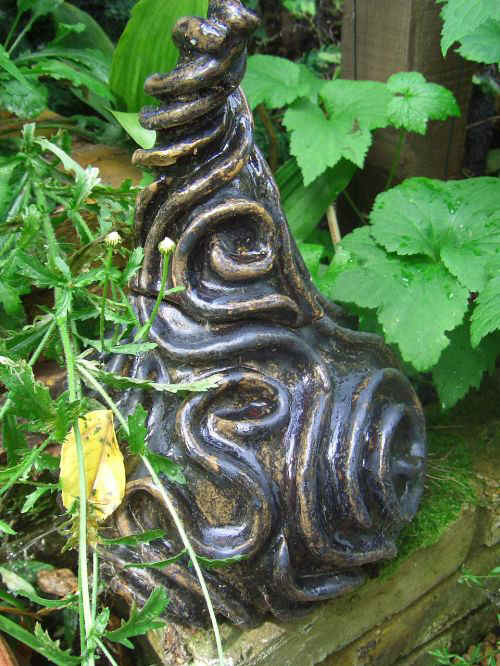 |
24
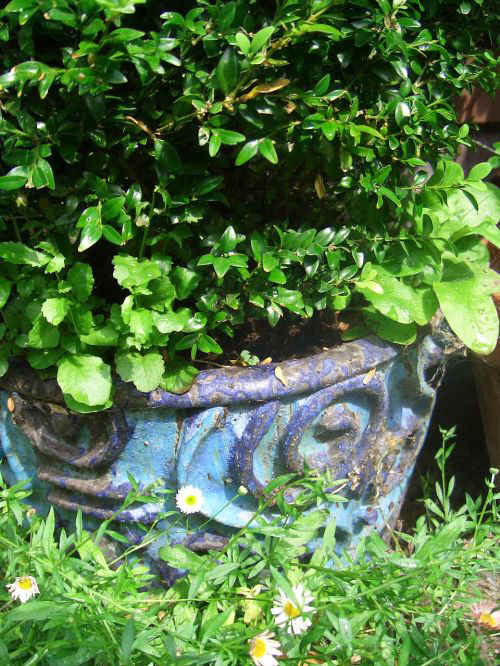 |
25
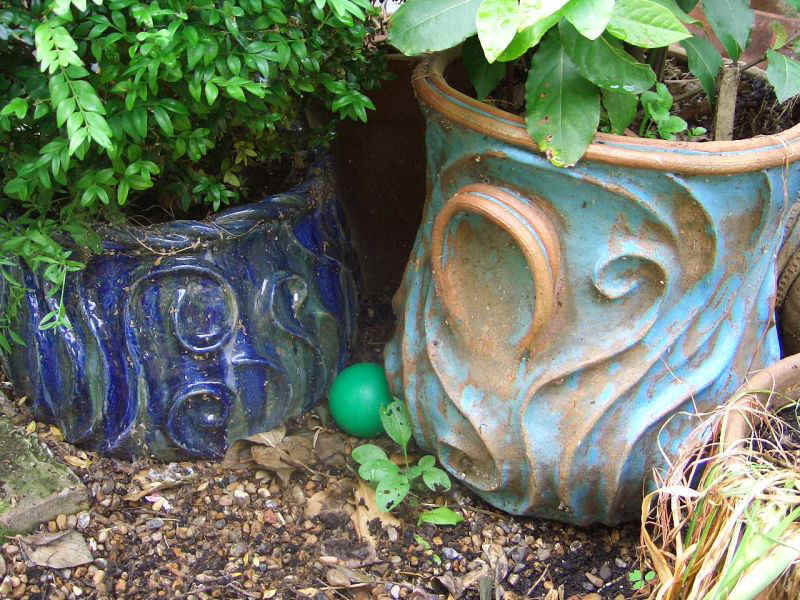 |
26
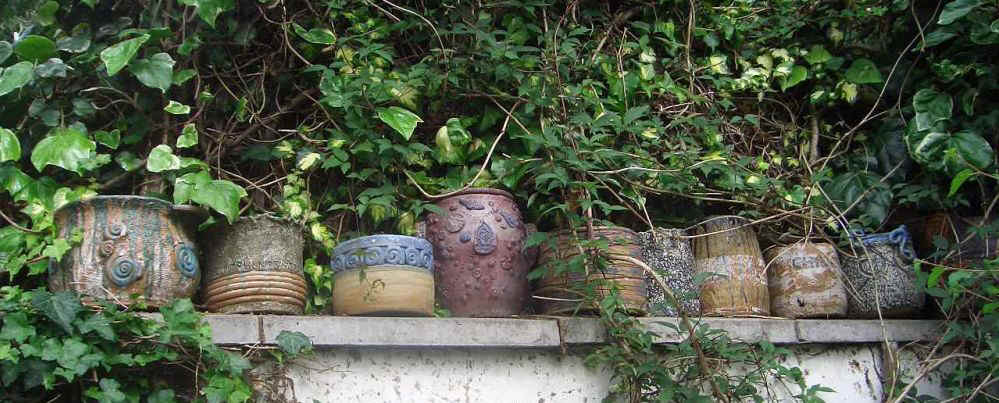 |
27
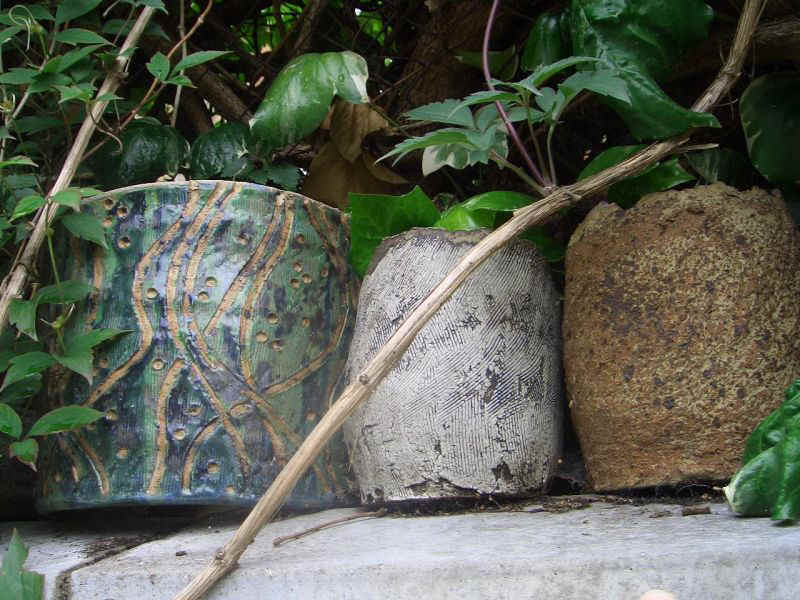 |
28
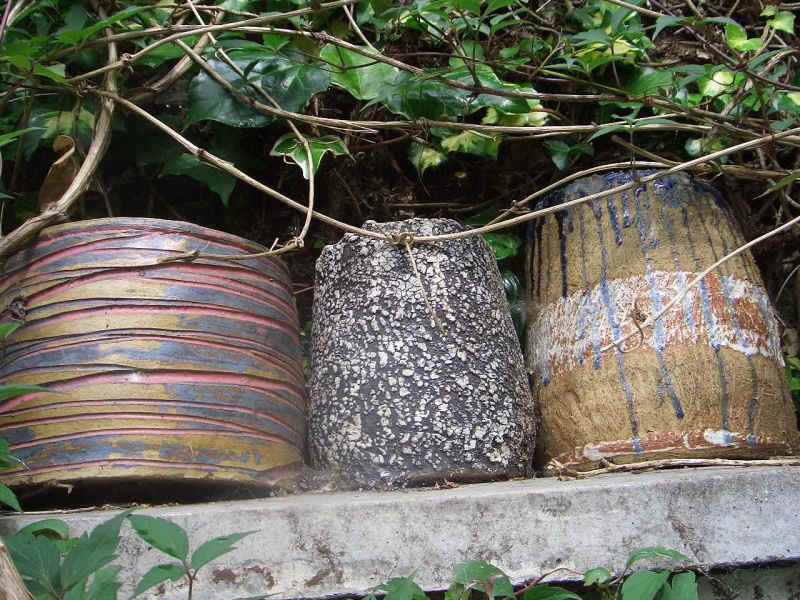 |
29
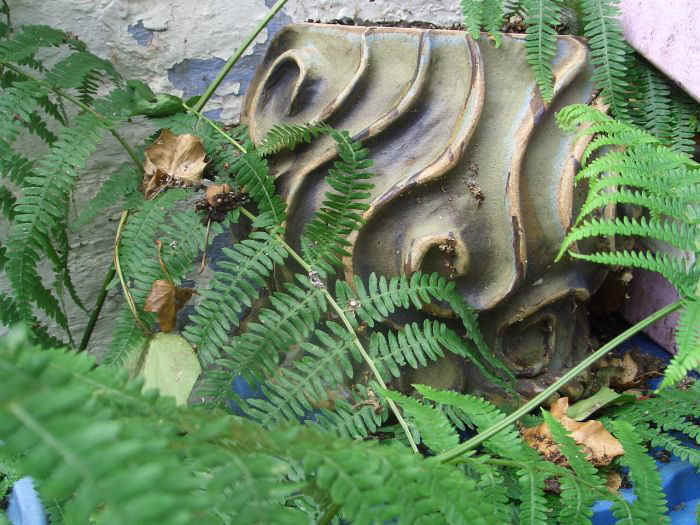 |
30
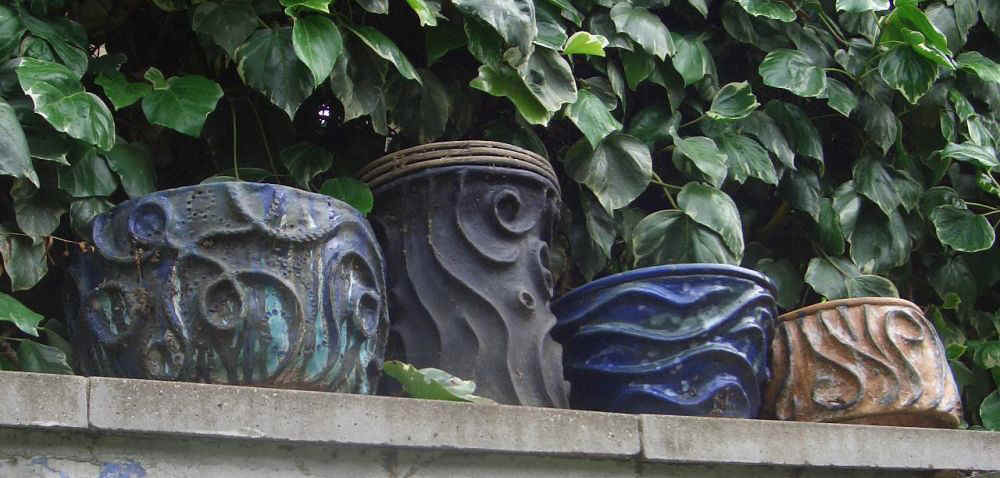 |
31
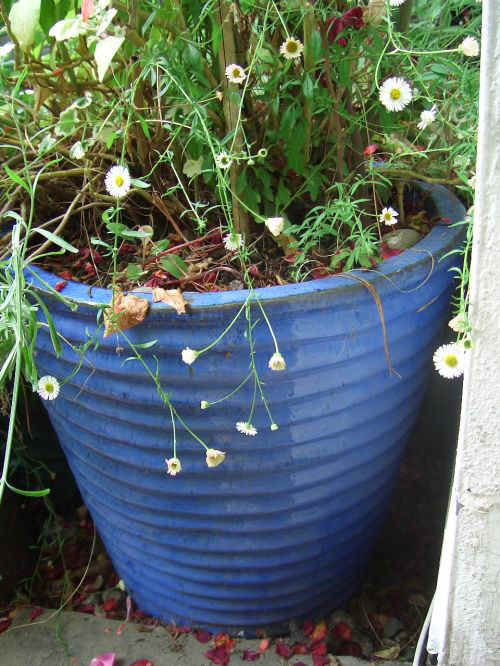 |
32
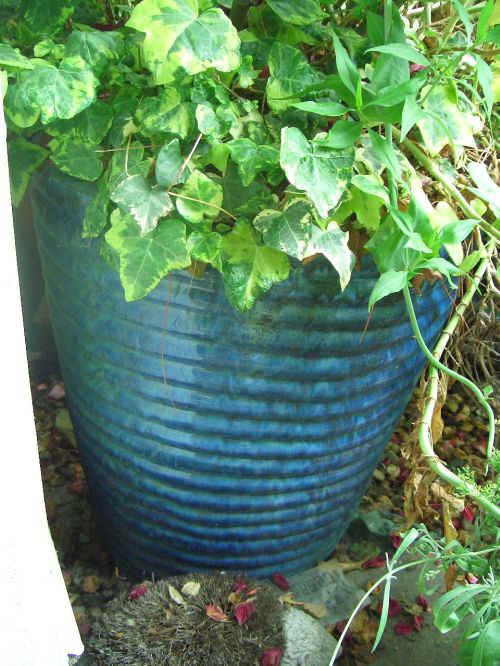 |
33
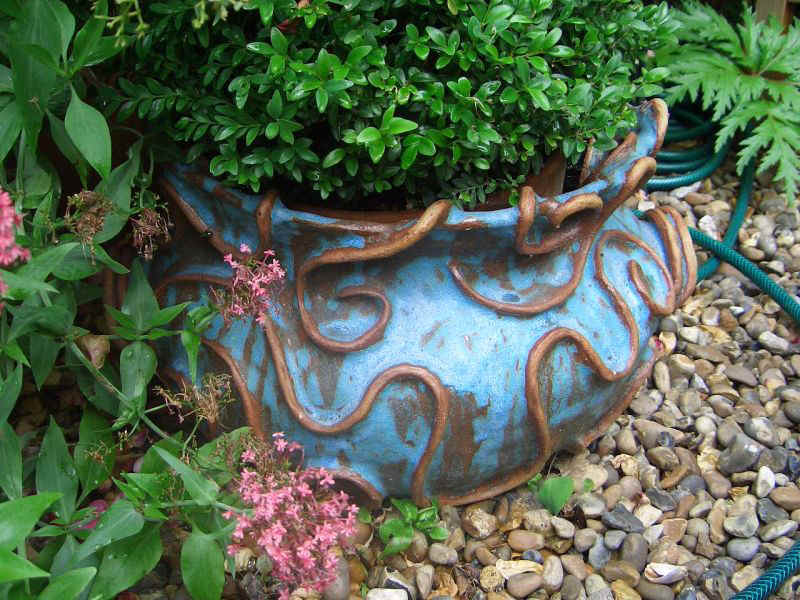 |
34
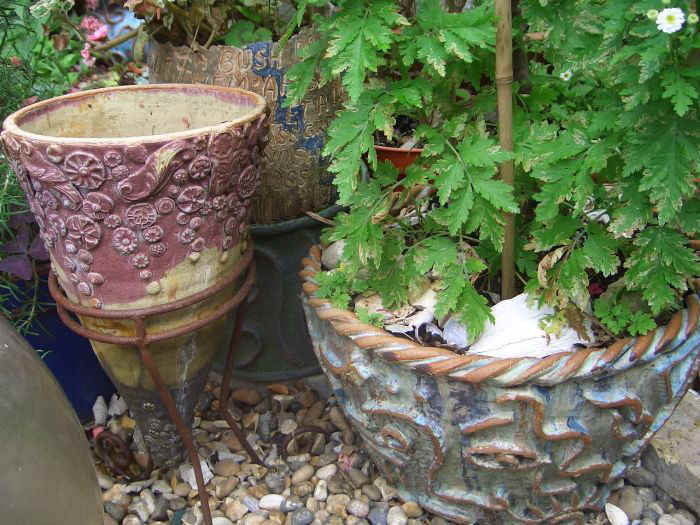 |
35
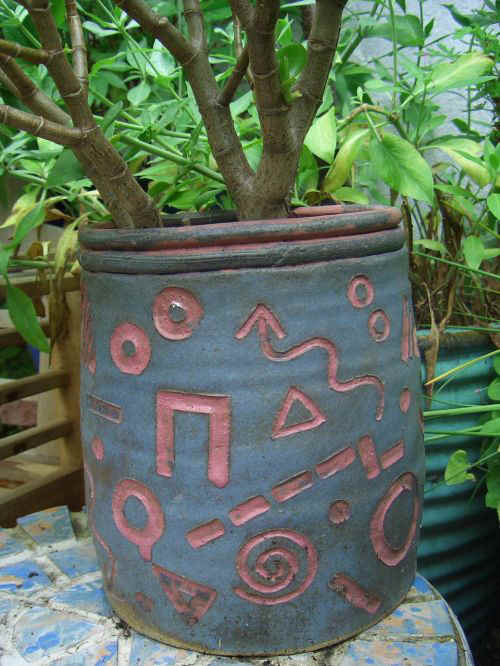 |
36
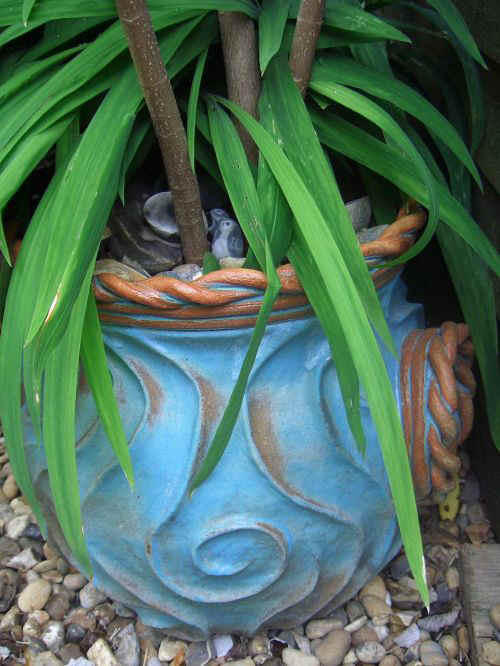 |
37
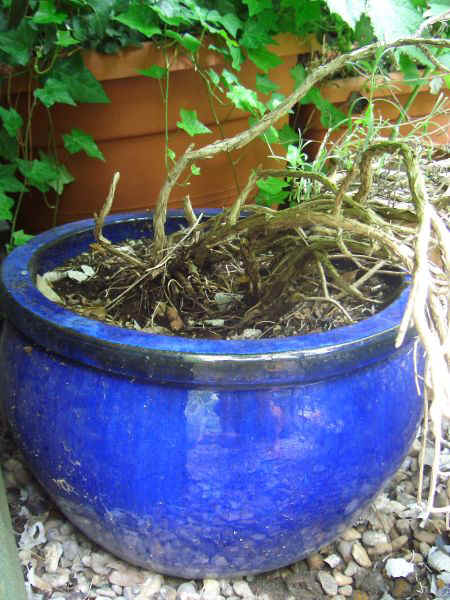 |
38
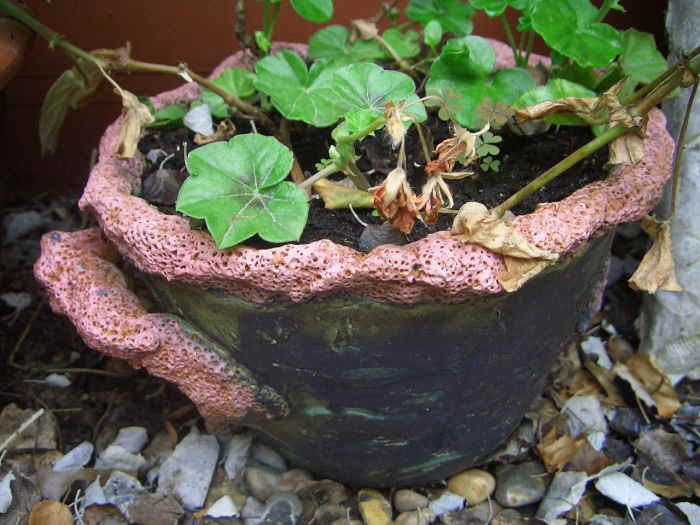 |
39
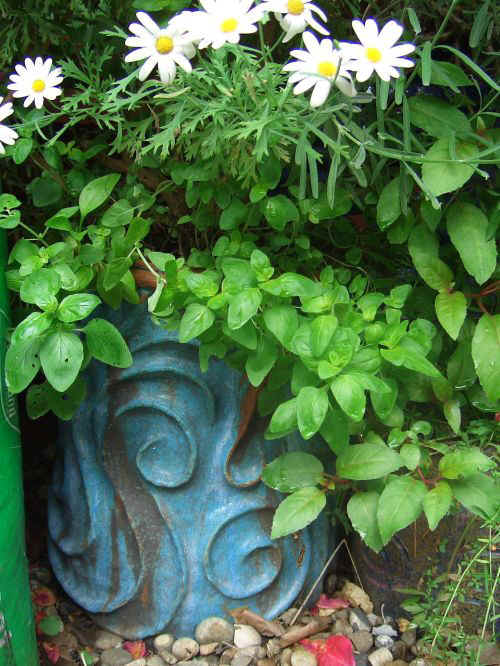 |
40
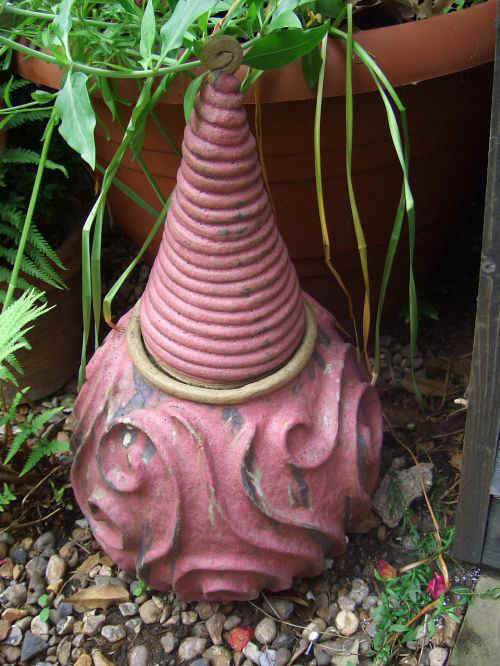 |
41
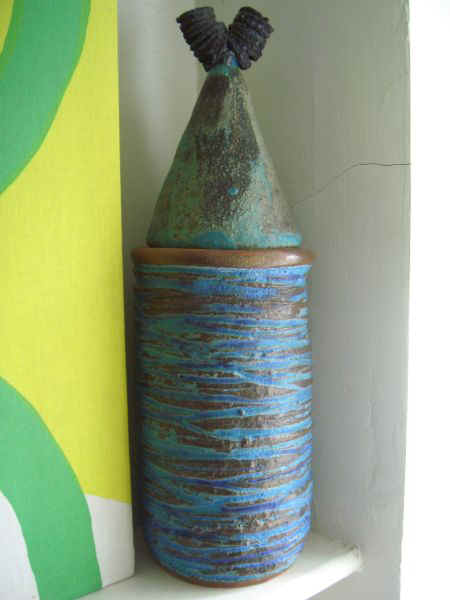 |
42
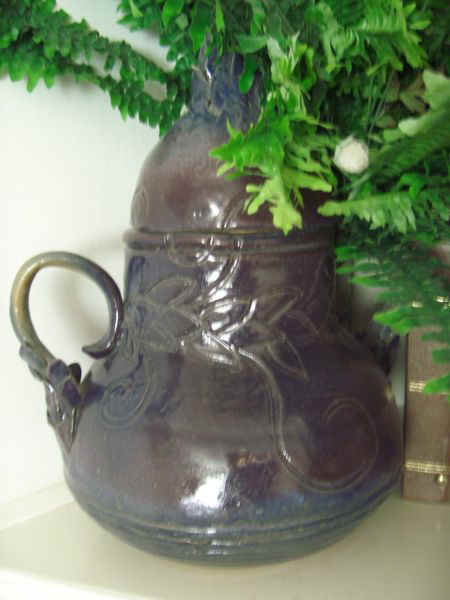 |
44
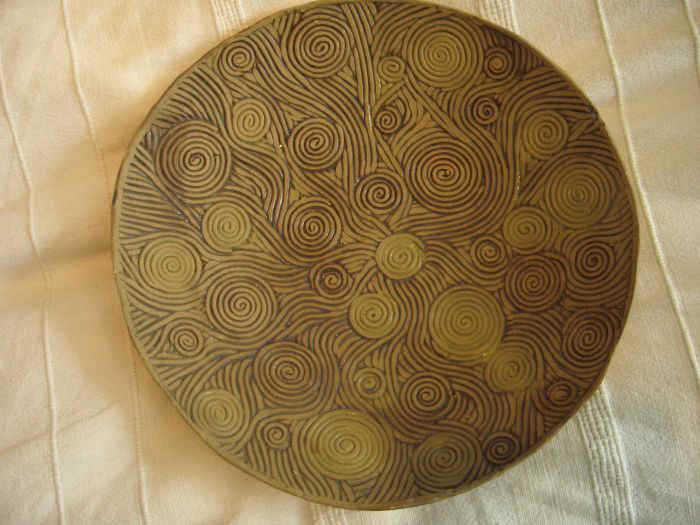 |
43
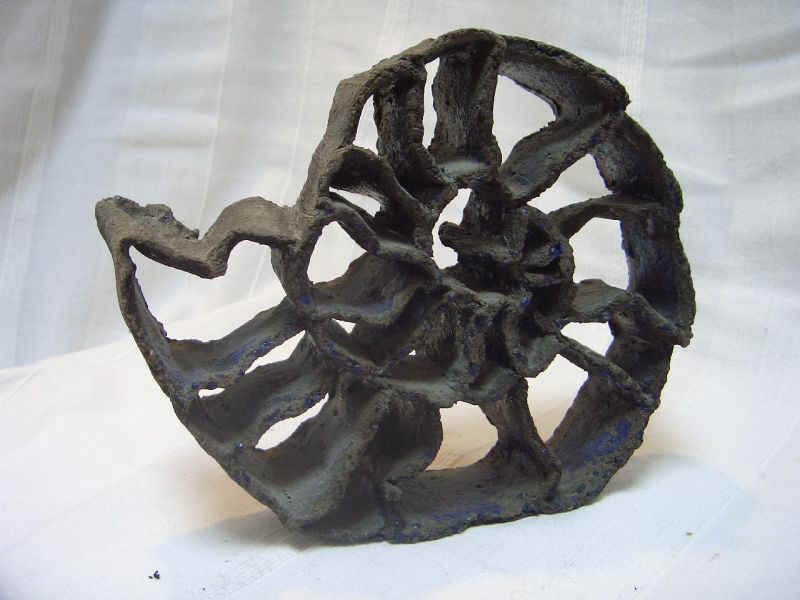 |
44
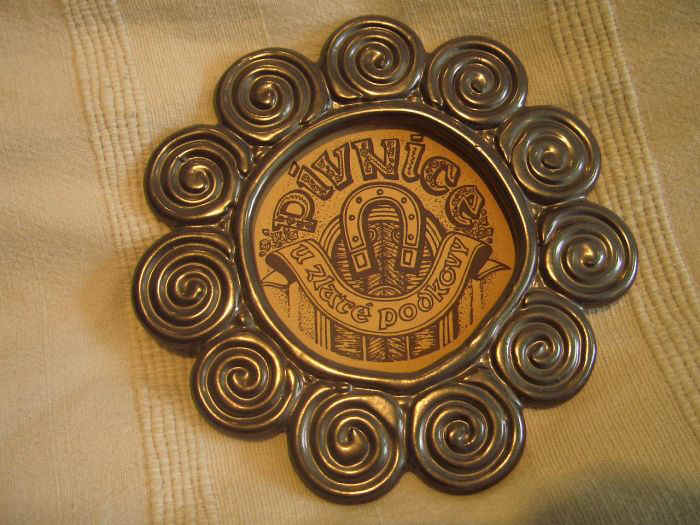 |
45
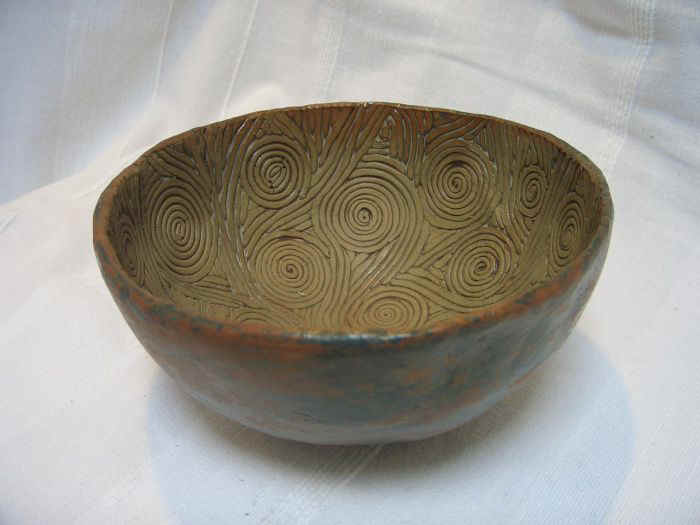 |
46
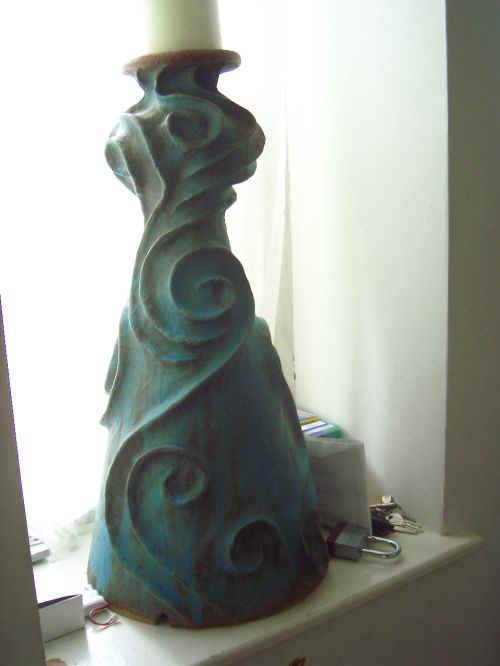 |
47
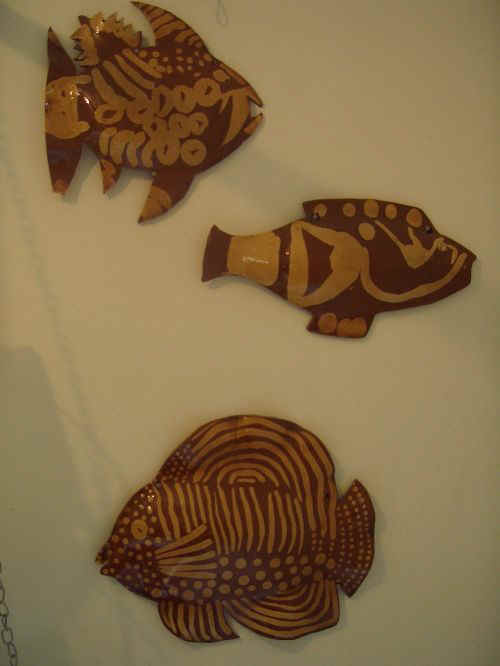 |
48
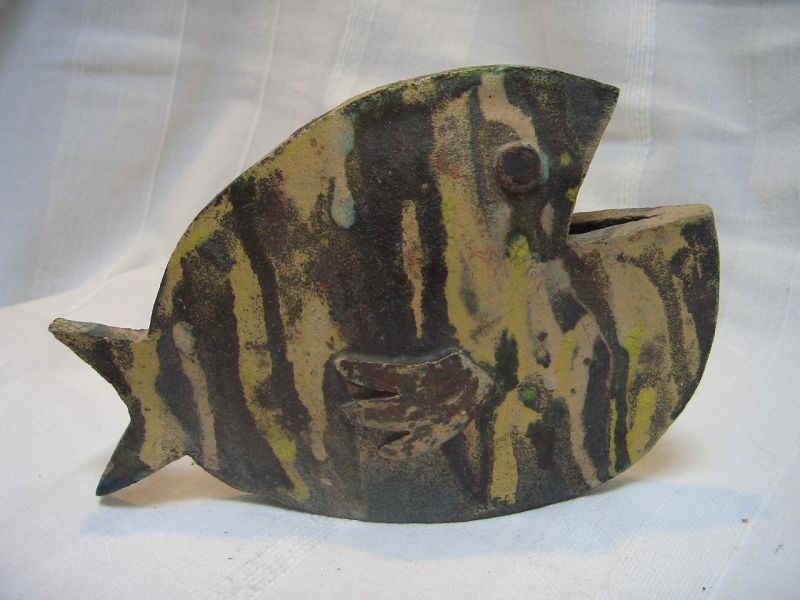 |
49
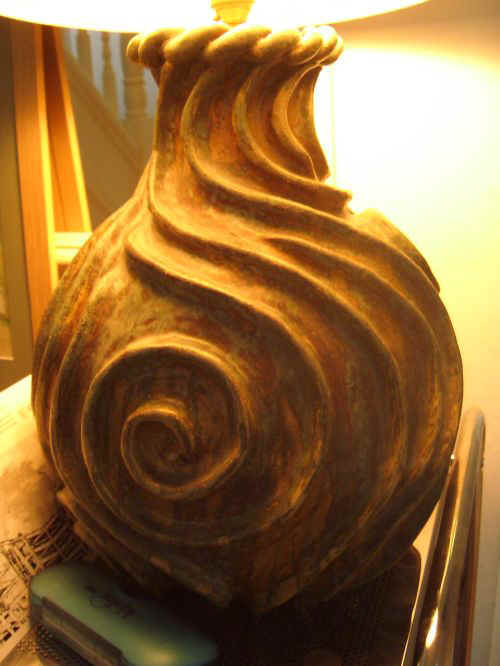 |
50
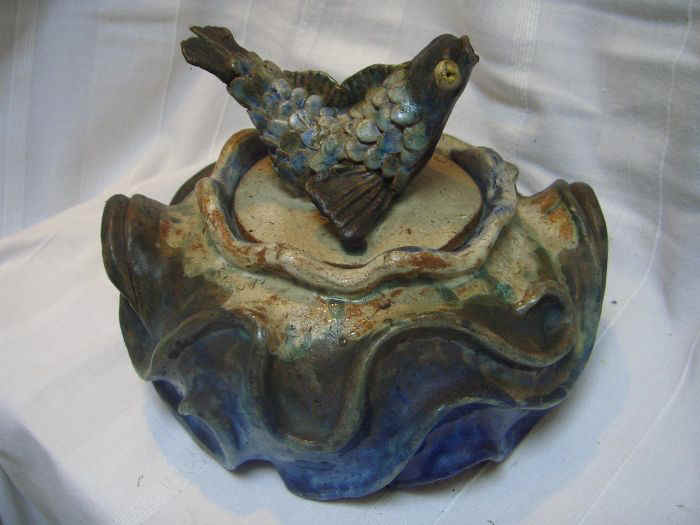 |
51
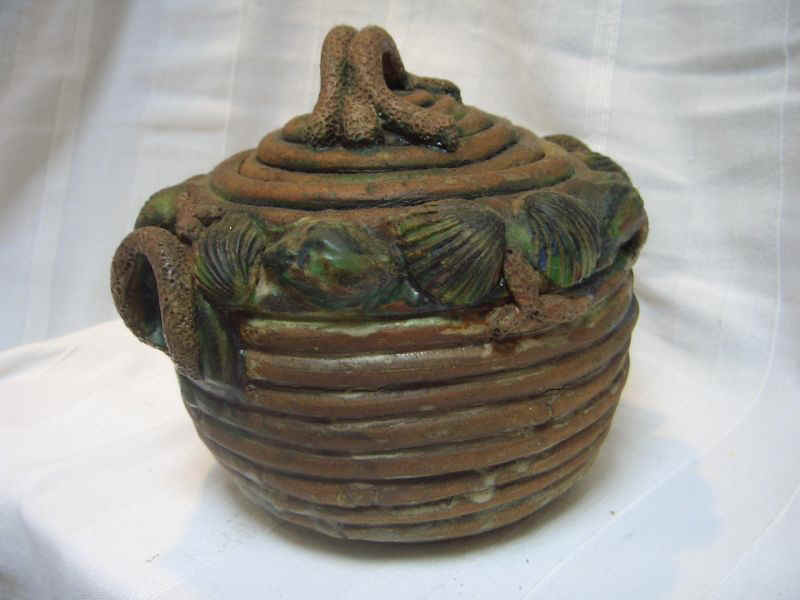 |
52
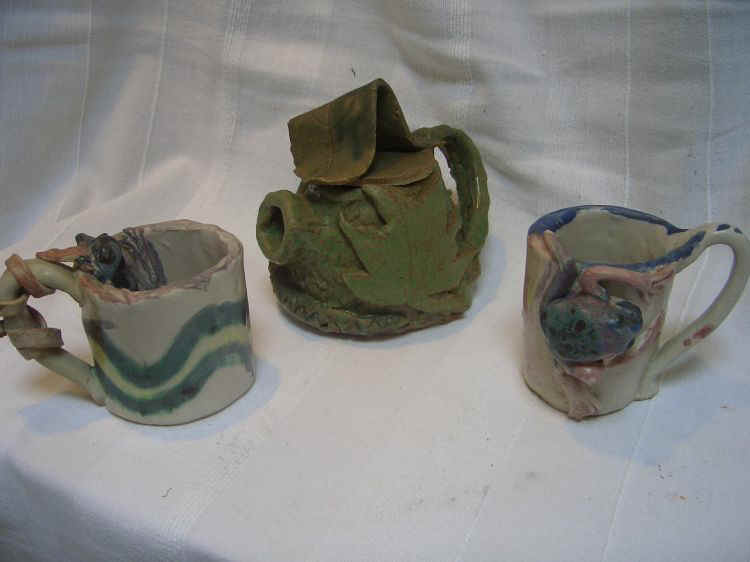 |
53
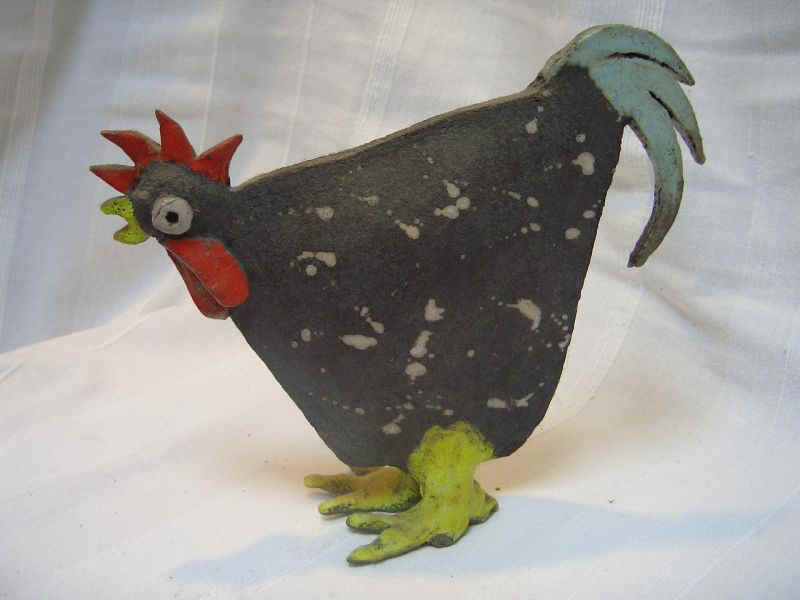 |
54
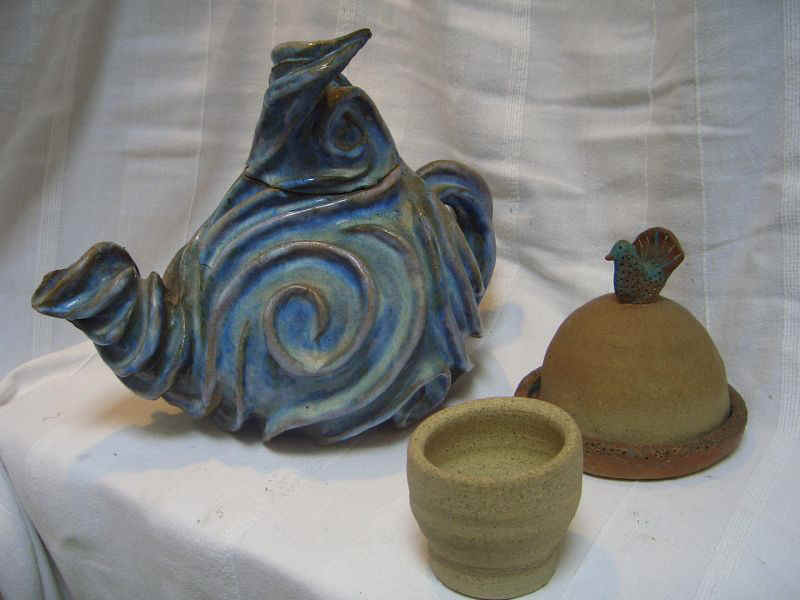 |
55
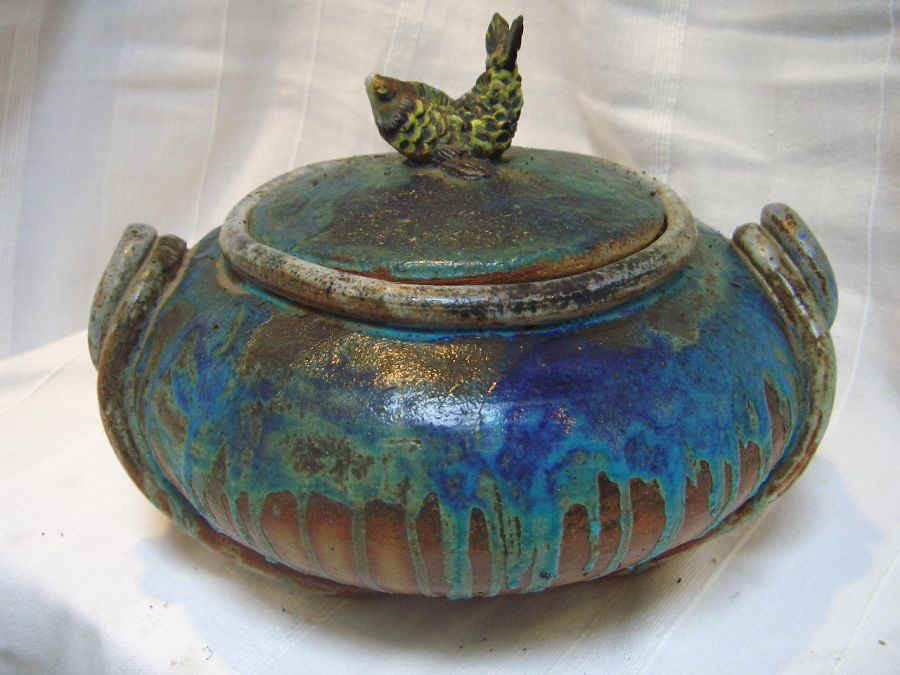 |
|
|
|
(please email me for an appointment) Description:
Part time eye doctor with a passion for pottery, I put my heart into it and even
my lovely two boys help me once in a while. The address on the net is not accurate but
near where I live. Please email
Payment types: Postal Order, Check, Invoice, Cash, MasterCard, Visa,
Paypal
Categories: Retail Stores - Craft Supplies |

Site on google |
Simona's home made pottery
I started with pottery in the late 1980s, when I was in
highschool. I then went on to study medicine and became an eye doctor, but pottery for me has always
represented a healthy balance against my scientific career. An artistic outlet for me from
the nine to five grind. I enjoy creating things with my hands and I love the feel of wet clay oozing through my
fingers. I've been going to pottery class for three hours
every Thursday evening since I started until now. I've even got my kids involved in it and
they have adorned our house with many lovely pieces. One of the reasons I like going to
class is that I get to meet people, who have a similar passion for pottery but who have
very varied backgrounds. Of the various styles of pottery, I prefer hand building mine,
without the use of the wheel.
I prefer to make primarily functional pieces, such as garden pots, and I prefer stoneware clays and
glazes, as they produce more muted colours. Over the years I have amassed quite a
collection, giving many to friends, and filling up the shed until my kids refer to it as
"mummy's gallery". As an eye doctor I work three days a week so that I can spend
more time with my children, but if I can start to sell some of my growing collection, I
would enjoy spending more time making pottery, making a second career out of it. I have
many pieces which are not on this website, and I can make custom designed ones on
commission. Each of my pieces is painstakingly and lovingly created, highly original, and
I make them for pleasure rather than business. I'd love to find my pottery pieces in a
loving new home.
Information about Pottery
Pottery also includes ceramics,
earthenware, stoneware and porcelain, all of which are made in potteries.
Pottery is made from clay, mostly formed by the hand while it is still soft and wet, and
then heated in a kiln at high
temperatures to change its material quality, making it hard. The clay itself varies from
region to region to produce pottery with varying characteristics. Furthermore, the clay
itself can be mixed with different minerals to create different effects.
History of Pottery
The earliest known pottery was produced 25 to 29,000 years before Christ
in what is now modern day Czech
Republic (where I was born), of a figurine of a naked woman named Venus of Dolni
Vestonice . The earliest known pottery vessels were made in Japan in 10,500 BC. Pottery
was independently discovered in North Africa around 10,000 BC, and in South America around
the seventh millennium before Christ.
Some time between 4,000 and 6,500 BC, the invention of the potter’s wheel in
Mesopotamia, what is now modern day Iraq and the starting point of civilisation,
revolutionised the industry and helped feed the growing needs of the world’s first
cities.
In the early days, the pottery was heated in bonfires, or holes in the ground
covered with fuel, reaching temperatures of around 900 degrees Celsius.
Since designs are used to adorn pottery, and because pottery was invented and proves very
useful for storing food, liquids and other important commodities, it has become useful for
archaeologists in mapping out ancient cultures with their economic and social structures.
Especially since pottery tends to last much longer than other objects, such as wooden
tools and textiles. The thermoluminescence test then accurately identifies the exact date
of the pottery according to its last firing. Examining the iron materials in ancient
pottery shards has even revealed to scientists the exact state of the earth’s
magnetic field at the time of firing!
On a more local level, around the time of the first industrial revolution, taking place in
the United Kingdom, the city of Stoke
on Trent became known as The Potteries, where in 1785 its 200 pottery manufacturers
employed some twenty thousand labourers.
How to Make Pottery
When the clay has a specific dryness of around 75 to 85%, it becomes
“leather hard”, when it can be more easily moulded into shape and to which other
pieces can be added. Over the centuries of this trade many tools have been invented to aid
in the moulding
process, the most important of which is the potter’s wheel , where the spinning
mass of clay in the centre of the wheel can be formed into a vase or other similar vessel
with a consistent circumference. While some prefer the consistency and speed of the
potter’s wheel, arguing for the spontaneity of shape formed while the wheel spins,
others prefer to form shapes in the manner before the wheel was invented: from ground up
in a standing and stagnant position, arguing that this method produces more individually
unique pottery subject to a more robust imagination.
When using the wheel, it requires a certain amount of skill to first centre the
clay, then to open it by creating a hollow dip in the centre, then to create a floor
with a rounded bottom inside, then to throw the clay by drawing it upwards to
shape walls of even thickness, and finally to trim and turn it by removing
excess clay and refining its shape into its final form.
Although the wheel can speed up work and aid in creating more consistently similar shapes,
the general shapes themselves are more limited to ones with radial symmetry and a vertical
axis. But handles, lids and other extremities can be added at the end, or the produced
shape can itself be distorted by bulging and other methods, to create greater uniqueness.
Over time, machines have been invented to replace or aid the potter’s hand, speeding
up production further, but while simplifying any individuality, or removing unique traits.
Once the final shape is complete, the pottery can be decorated by incising patterns on its
surface, embedding on it foreign objects (such as with seashells in my Item
12 or 18 above), and eventually glazing and colouring it in any
number of ways.
Prior to glazing,
additives such as sand can be mixed into the clay, creating particular textures once the
pottery is heated and glazed. Combustible particles can even be mixed in or pressed onto
the surface to produce different effects during heating.
Mixing different clays of different colours can also produce interesting results, referred
to as “agateware”,
after the quartz mineral agate which has bands or layers of different color blended
together. In this process, the potter is careful not to overmix the different clays so
that the individual colours are distinguishable, and the choice of clays is also important
as they must have similar thermal movement characteristics during the heating stage in the
kiln.
Prior to heating in the kiln, the pottery can also be finely polished, referred to as burnishing.
The next stage, still before heating, can be engobing, which is to add on a layer
over top of the pottery, often by dipping the entire shape into a bath, or by painting it
on the pottery’s surface - a method used since pre-historic times. This outer clay
slip is often high in silica, and can be incised with engravings to pierce through the new
surface, revealing colours of the clay beneath. A second clay slip of different colour can
be further added, and later incised, to produce patterns of different colour, much like
the procedure used when making
Easter eggs.
Another method of applying design to the surface is similar to lithography, whereby an
image or colour on a decorative design layer is applied to the surface using a backing
paper, printed onto the surface much like screen printing. Once the design has been
transferred, a protective layer is applied, which may include a low-melting glass.
After this, gold can be applied or painted on in various ways for extra fancy pottery.
And finally, we have the glazing stage, which coats the pottery with a protective,
colourful and decorative surface. Its colour and appearance often changes during heating,
and the sealed result protects the inner clay from destructive moisture or water.
Different minerals and application techniques can be used to produce different effects,
giving the pottery its final touch and personality.
Once the clay mould has been prepared, the object is then subjected to firing,
which is the process of heating the vessel at different temperatures to harden it, after
which it can be called pottery. Different materials require different temperatures, but
all firing is generally at or above 1000 degrees centigrade. There can be several stages
of firing, which fuse together different minerals, while regulating air intake into the
kiln can produce different degrees of oxidation of the clay and outer glaze.
Useful External Links about Pottery in London
http://londonpottersguild.org/offer/sales.htm
- Each spring and Christmas season, pottery lovers from around the region are drawn to the
London Potters Guild show and sale. Over 30 local potters participate in these sales,
selling both sculptural and functional pieces.
http://www.studiopottery.co.uk/html/events6.html
- calendar of events concerning pottery in the London, UK area.
http://www.studiopottery.co.uk/html/rgal-london.html
- list of gallery events from the same website.
http://www.si.edu/Encyclopedia_SI/nmah/Englishceramics.htm
- Information or research assistance regarding English from the Smithsonian Institution.
http://www.potsherd.uklinux.net/atlas/Ware/LEST
- Atlas and information of Roman pottery in the London-Essex area.
http://www.studio-pots.com/
- One of the few galleries in the UK exhibiting both contemporary and classical Studio
Ceramics.
http://www.potfest.co.uk/courses.htm
- links to various pottery courses in the UK.
Here are the links to the individual pages of my London pottery:


